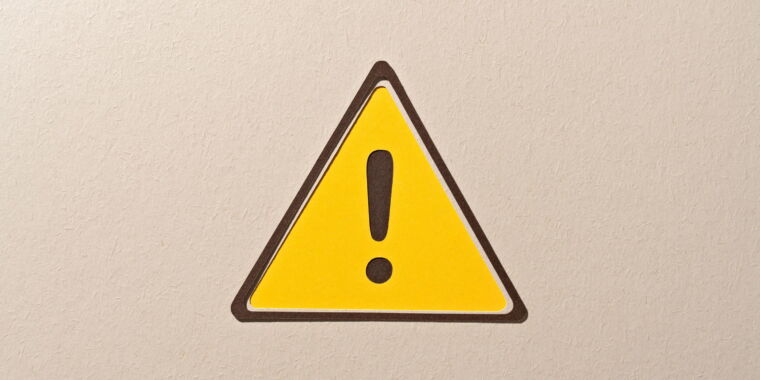- cross-posted to:
- [email protected]
- [email protected]
- [email protected]
- cross-posted to:
- [email protected]
- [email protected]
- [email protected]
Another win for us adblock users
This is the best summary I could come up with:
Google has been caught hosting a malicious ad so convincing that there’s a decent chance it has managed to trick some of the more security-savvy users who encountered it.
Combining the ad on Google with a website with an almost identical URL creates a near perfect storm of deception.
“Users are first deceived via the Google ad that looks entirely legitimate and then again via a lookalike domain,” Jérôme Segura, head of threat intelligence at security provider Malwarebytes, wrote in a post Wednesday that revealed the scam.
The ads were paid for by an outfit called Digital Eagle, which the transparency page says is an advertiser whose identity has been verified by Google.
When in doubt, people can open a new browser tab and manually type the URL, but that’s not always feasible when they’re long.
Another option is to inspect the TLS certificate to make sure it belongs to the site displayed in the address bar.
The original article contains 422 words, the summary contains 157 words. Saved 63%. I’m a bot and I’m open source!
I’m not sure 422 words really constitutes a tldr… 🤷
It has 157 words, the original has 422 words.
The best way to stay safe from these malwaretising attacks is to never click on these links. The only way to make sure your less tech savy friends, family, and even you, do not click on them is to install adblock extensions like ublock-origin or adguard on their devices.





